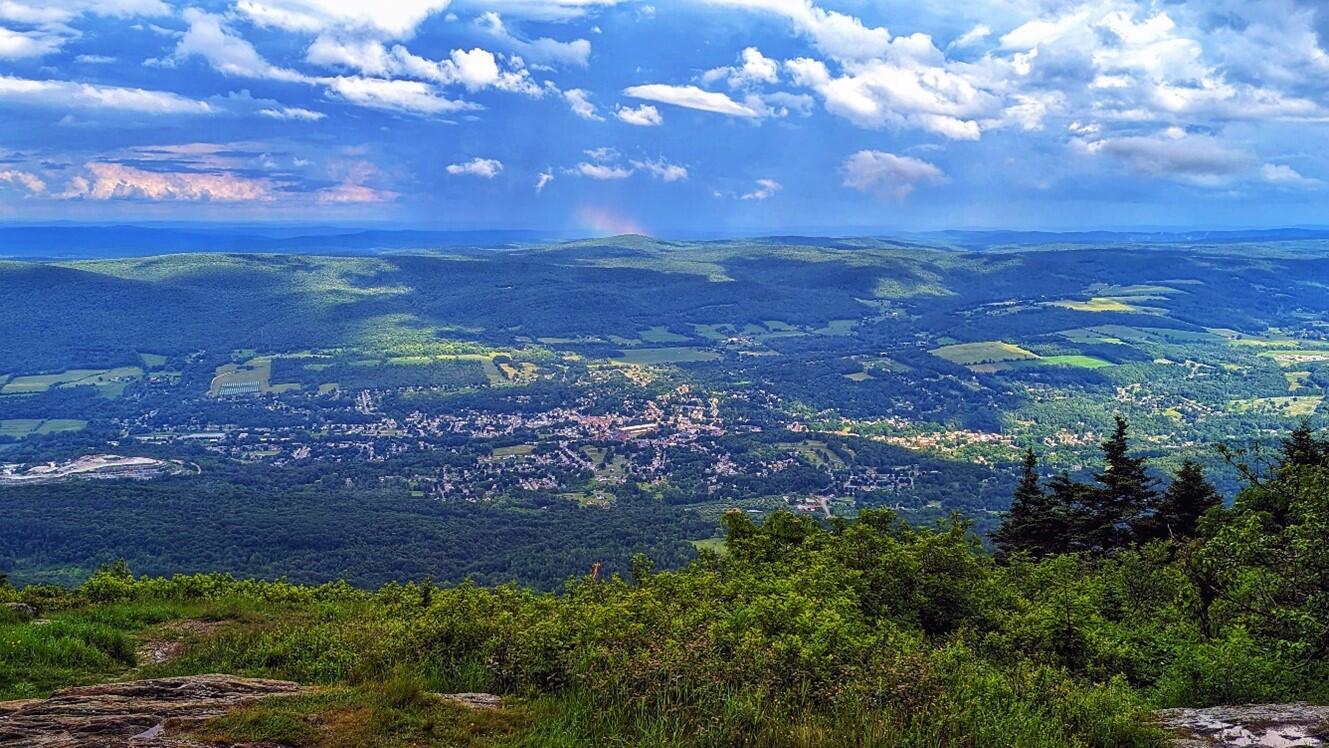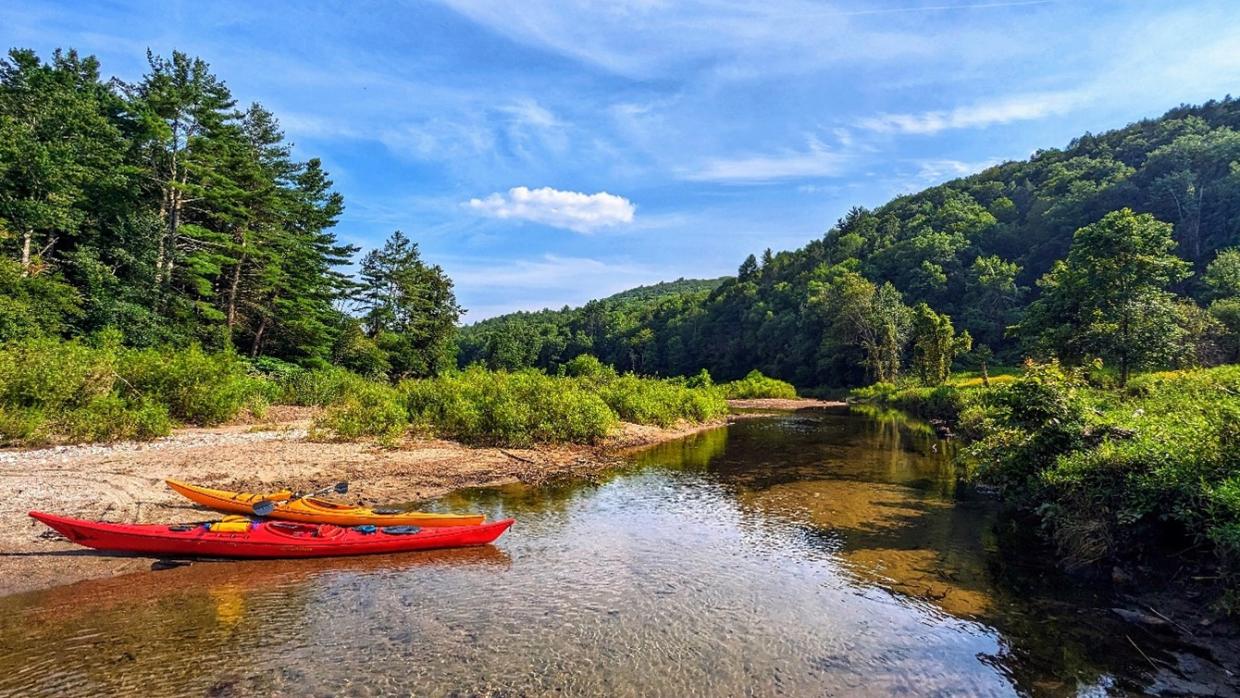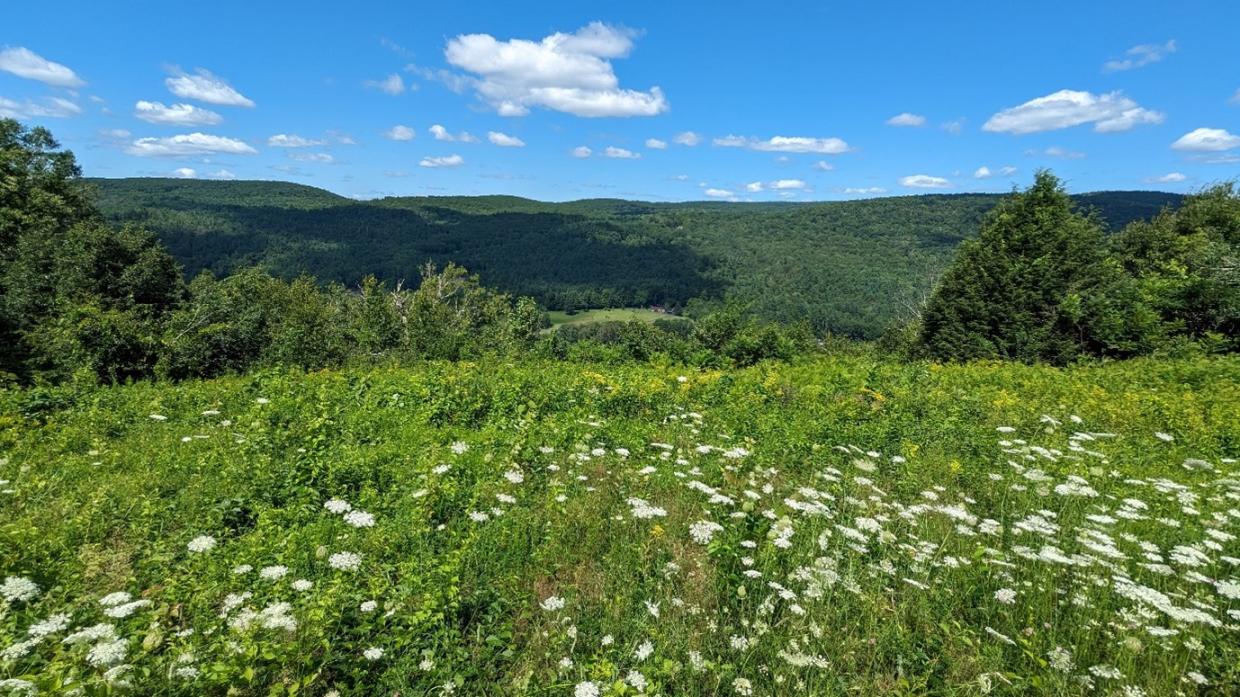- Trial Court Law Libraries

Pictured above: View of Adams, Massachusetts from Mount Greylock.
If you've ever marveled at the stunning landscapes of Berkshire County in Massachusetts, you're not alone. Its mountain regions, with their lush forests, pristine rivers, and breathtaking vistas, are treasures worth protecting. Fortunately, there's a law in place to do just that: Section 39A.
“Section 39A: Berkshire County; watershed resources; natural scenic qualities” law is commonly called the “Berkshire Scenic Mountain Act”. You can read the law in its entirety on the Massachusetts Legislature’s website:
General Law - Part I, Title XIX, Chapter 131, Section 39A (malegislature.gov)
In simple terms, Section 39A empowers cities and towns in Berkshire County to safeguard their natural resources and scenic beauty. Here's how it works:
Who's in charge?
A city or town in Berkshire County can opt into Section 39A. Once they do, they can appoint their conservation commission, or in the absence of one, the board of selectmen or mayor, to oversee its implementation.
Below are a few examples of some Berkshire Towns and how they have adapted 39A:
What's protected?
The law focuses on mountain regions within a city or town, aiming to shield watershed resources and preserve the area's natural scenic qualities. These regions are vital for maintaining clean water sources and ensuring that the beauty of Berkshire's landscapes remains unspoiled. The Massachusetts Bureau of Geographic Information has collected lots of data relating to watersheds in the Commonwealth.
Setting boundaries and getting approval
Designating mountain regions involves careful consideration of elevation and geography. Boundaries are proposed, reviewed, and finalized through a collaborative process involving local authorities and input from various stakeholders through processes such as town hall meetings.
Before undertaking any regulated activities within these designated regions, individuals or entities must seek approval from the designated authority. This involves submitting plans and paying any possible fees, followed by a public hearing to assess potential impacts on the environment.
Understanding the language used in the law is key. For instance, "base elevation" refers to the starting point for measuring altitude in a watershed, while "regulated activities" encompass actions like excavation or land alteration that could harm the environment. Luckily the law has a section that covers important vocabulary and how they are applied.
Additionally, some further related standards and regulations cover many different parts such as 302 CMR 16.05, which specifically discusses trees.
Protecting resources and consequences of non-compliance
Once approved, projects must adhere to strict guidelines to minimize harm to watershed resources and scenic qualities. Conditions may be imposed to ensure compliance, with provisions for appeals and enforcement mechanisms in place.
Violating the law can result in fines or even imprisonment, emphasizing the seriousness of protecting Berkshire's natural heritage. However, the law also provides avenues for rectifying violations by filing a complaint with one’s town, the Department of Conservation and Recreation, and seeking recourse through legal channels as a last resort as seen in Bykofsky v. Town of Lenox (2013).
Certain activities, such as forestry operations or specific construction projects, may be exempt from certain provisions of the law.
Conclusion
In essence, Section 39A serves as a shield for Berkshire County’s natural wonders, ensuring that they remain intact for future generations to enjoy. By balancing development with conservation, it strives to preserve the very essence of what makes Berkshire County so special: its unparalleled natural beauty.


